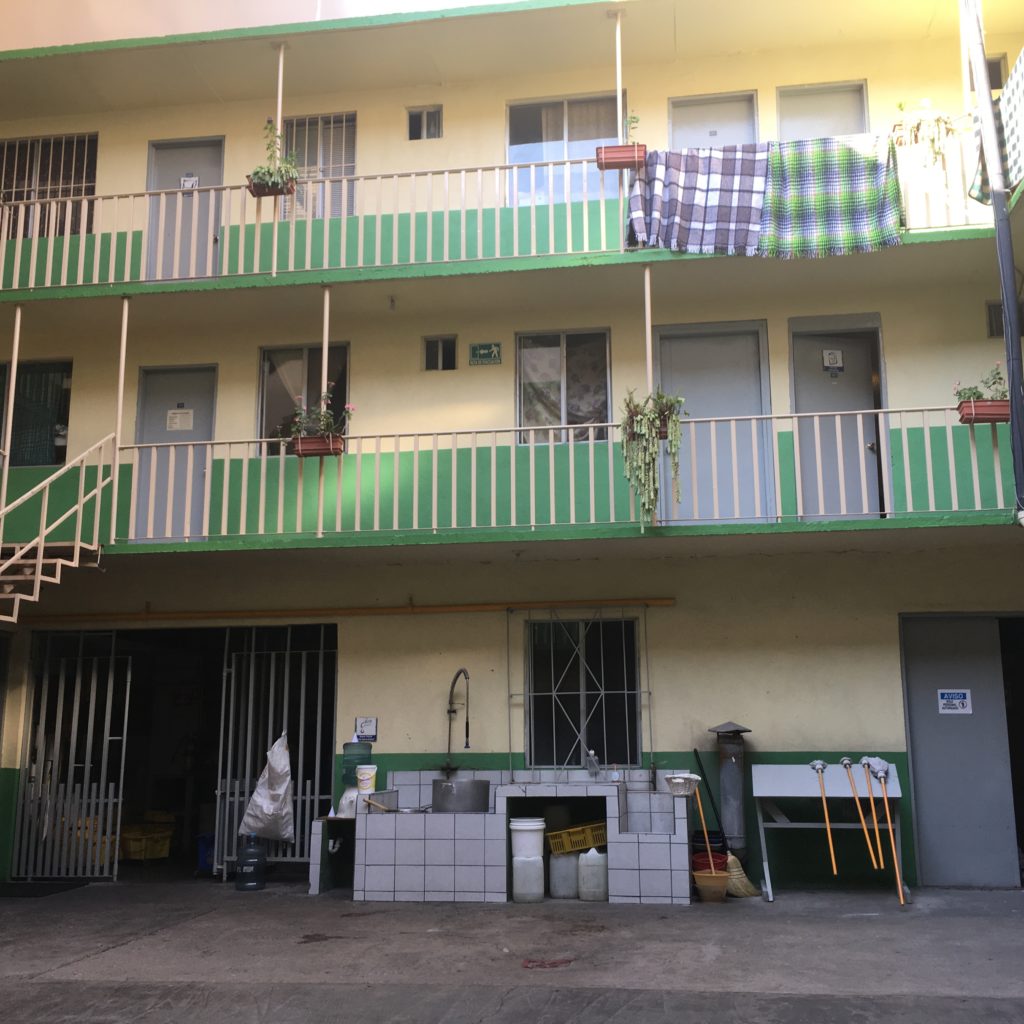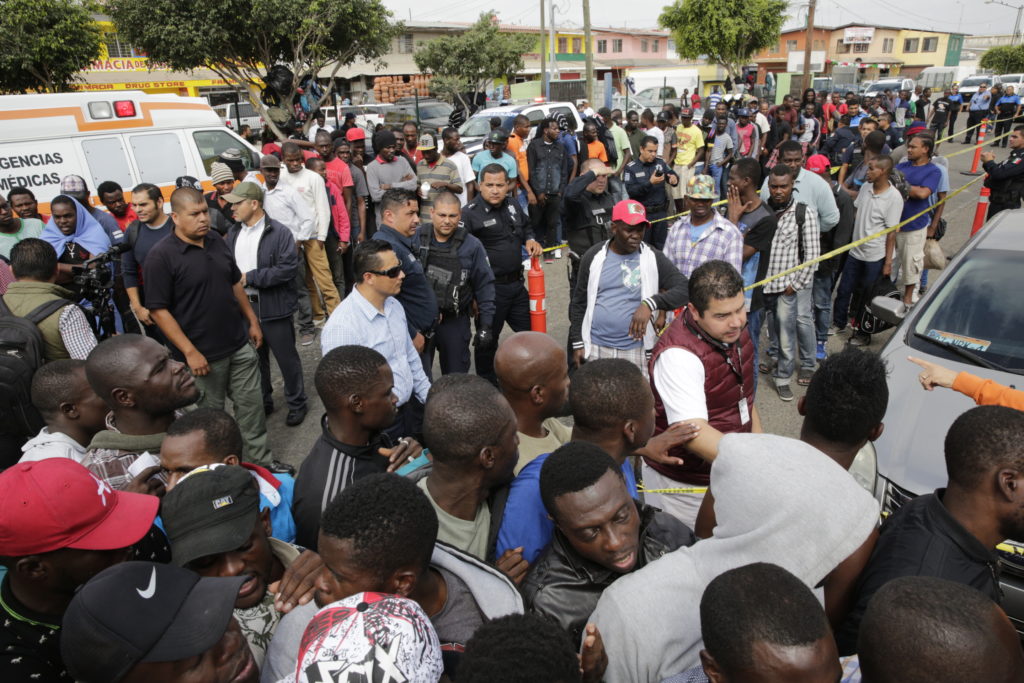Contemporary Displacement Patterns and Responses: Haitians at the U.S.-Mexico Border
by Brenda Garcia Millan, Tinker Grantee; Graduate Teaching Fellow, Department of International Studies
Between May and December 2016, about 15,000 to 20,000 people from Haiti, along with other nationalities, arrived at the border town of Tijuana, Mexico, intending to seek asylum in the United States. This was an unusually high number. As months passed and more people arrived, U.S. immigration authorities granted few asylum interviews, and migrant shelters in Tijuana were running out of capacity to provide assistance to the thousands of people stranded there. Meanwhile, local and state authorities in Tijuana tried to establish dialogue with the Mexican federal government, which was allowing the entry of Haitians into Mexico through its southern border in Tapachula, Chiapas.

The massive arrival of Haitian people at the U.S.-Mexico border is an illustration of “crisis migration.” According to Georgetown University and Oxford scholars, crisis migration is a concept that identifies migration as a response to a series of crises which can be political, social, economic, and environmental. Haitian people arrived in Tijuana following Brazil’s 2015 political and economic crisis. Prior to this event, an estimated 80,000 Haitians had migrated to Brazil after the catastrophic earthquake that hit Port-au-Prince in January 2010. As Brazil could no longer offer opportunities and protection to Haitian refugees, thousands decided to come to the United States with hopes of receiving asylum or Temporary Protection Status (TPS). TPS had been established in 2011 by President Obama, who granted this protection to more than 58,000 undocumented Haitians in the U.S. However, rather than finding protection, the majority of Haitians who arrived at the U.S.-Mexico border in 2016 encountered the three axes of coercive border enforcement: detention, incarceration, and deportation.

As these events unfolded, I was volunteering at the Catholic-based migrant shelter Casa del Migrante Tijuana, which had typically been a safe space for deportees and migrants looking for “the American Dream.” That summer, however, Casa del Migrante became a hub for people escaping from a series of crises, including extreme poverty, drug-related violence, and natural disasters, among others. During this time, I observed the different issues surrounding the processes of contemporary displacement, including the massive mobilization of people and the intervention of states and non-governmental organizations (NGOs).
In witnessing some of these processes, I became interested in the issues that triggered the Haitian diaspora and the different responses to this case from governmental actors and NGOs. During my volunteer time at Casa del Migrante (July–September 2016), I observed how NGOs in a city located in a developing country struggled to manage the unexpected arrival of international asylum seekers. As the only volunteer who spoke French, I spent most of my time conducting entry surveys with Haitians who were received at the migrant shelter. Based on these surveys, I determined that the Haitian diaspora was the result of the convergence of economic deprivation, natural disasters, and political instability in the Western Hemisphere’s poorest country. In short, the displacement of Haitian people across the Americas is a current example of what I previously described as crisis migration.
In May 2017, I was awarded a Tinker Field Research Grant, which helped me advance my study in Tijuana. Between June and July 2017, I interviewed NGO leaders, including the directors of Casa del Migrante and Tijuana’s Binational Center of Human Rights, as well as the director of Grupo Beta, which is a migrant rescue agency established by the Mexican Institute of Migration. Aside from interviews, I spent more time at Casa del Migrante, the U.S.-Mexico border, and in downtown Tijuana, where I conducted participant observation. Through my observations and interactions with different people, including U.S. customs and border protection (CBP) agents, I found out that the international community’s responses to asylum seekers are often influenced by the intersection between politics and power.
At the end of my investigation, I concluded that while there is a greater need of humanitarian assistance such as shelters and volunteers, current displacement trends cannot be addressed or solved by humanitarian actors only. Because of the failure of governments and international institutions to recognize the contemporary drivers of forced migration, there is a persistent lack of durable solutions. Contemporary population displacement like the present Haitian diaspora needs to be addressed as a complex issue of crisis migration. Failure to address this complexity results in ineffective responses that not only endanger the lives of displaced people, but create stigma and invalidate their reasons to seek asylum.
—Brenda Garcia Millan is a graduate student in the UO Department of International Studies. She was born in Tijuana, Mexico, and grew up in San Diego, California. Brenda has a B.A. in International Security and Conflict Resolution and a French language minor from San Diego State University.
